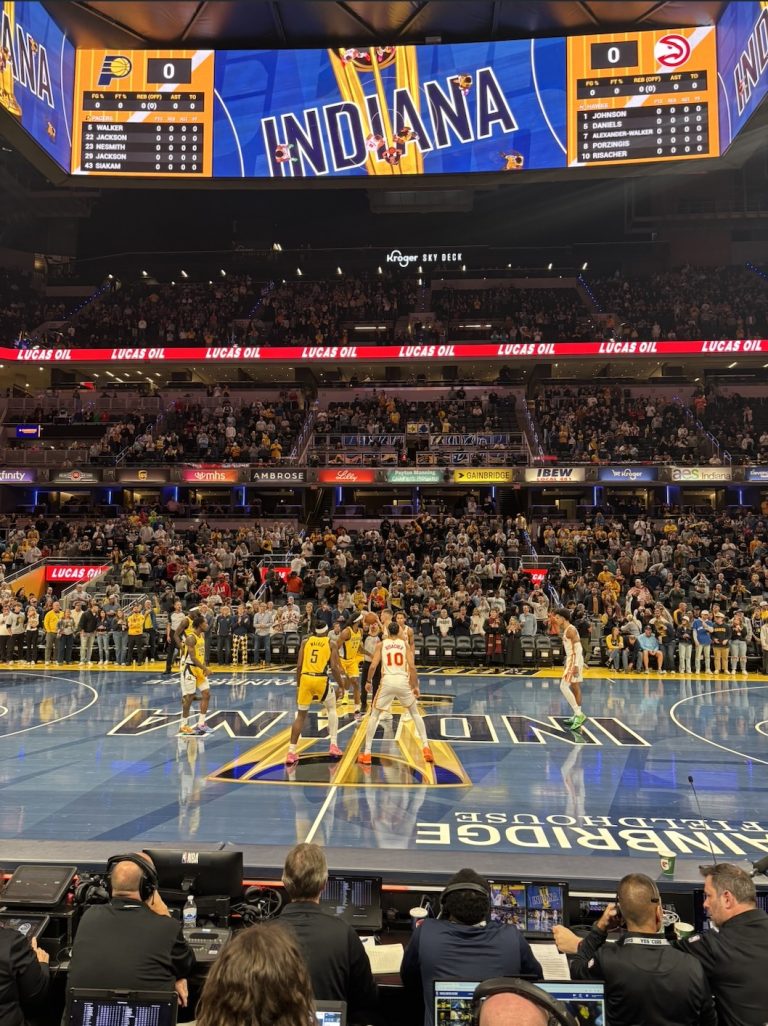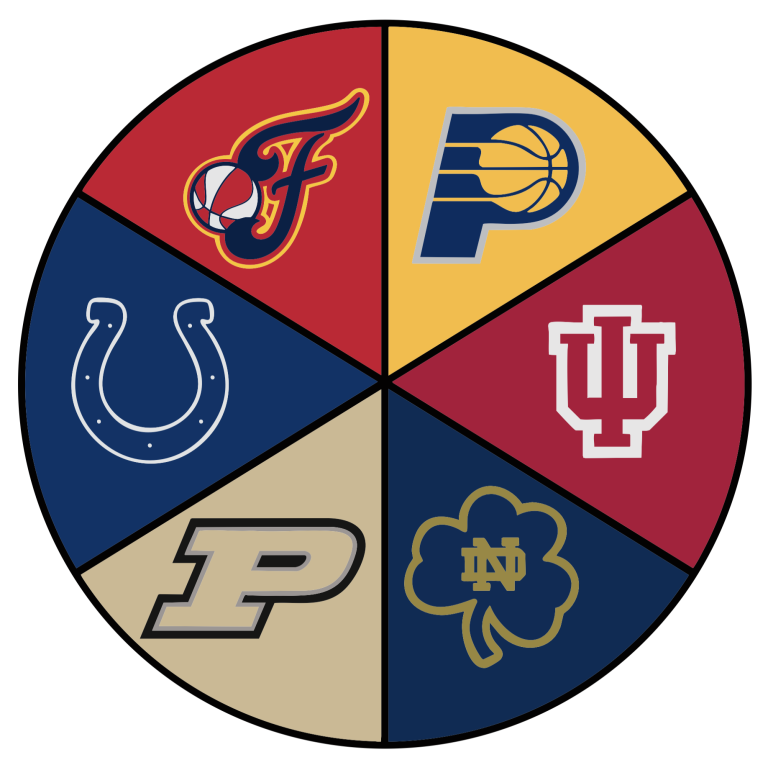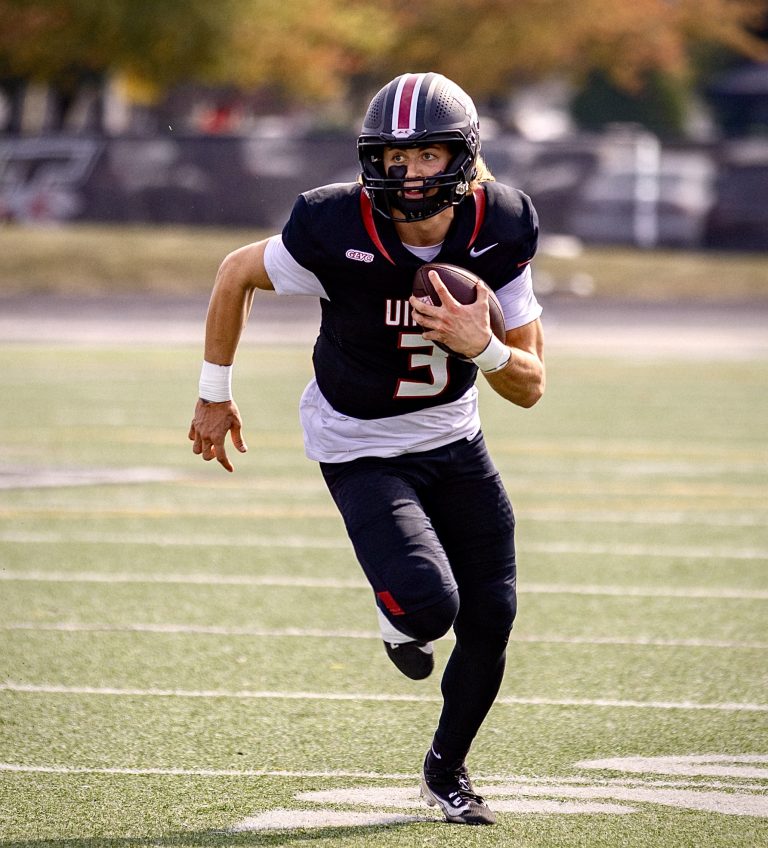Rivalries, friendships and battles stem from the precisely planned schedules made by the sports coaches of the University of Indianapolis. Among the 21 athletic teams here at UIndy, each coach plays their own part in planning their team’s season.
According to Head Baseball Coach Gary Vaught, most sports teams belong to an association, such as the NCAA and GLVC which is where their initial game schedule comes from. The conferences give the teams a basis for their schedules, and the coaches fill in the missing spots themselves. Going into conference or NCAA championships, the schedule mostly depends on the success of the teams which allow them to move on in the tournament.
According to Vaught, the NCAA has a 50-game limit on how many times a baseball team can play in one season. Of those games, 28 are pre-picked by the conference, and Vaught is left to fill in the remaining games. One of the major factors that he considers when selecting games is a specific team’s location.
Vaught said that playing regional teams is an important aspect for him in picking schools to matchup with.
“The goal is to play as many regional teams as possible,” Vaught said. “This helps us boost our standards and power ranking.”
Other factors that are taken into consideration are budgetary value and whether or not the opposing team is ranking at 500 or above. Vaught noted that oftentimes he must negotiate with teams to get them to play against UIndy because they fear that they will lose because of the team’s consistently winning program.
According to Head Football Coach Bob Bartolomeo the football team’s game scheduling works similarly. Seven games in an average 11-game season are decided by the GLVC, and the remaining four game dates are to be scheduled by him and Vice President for Intercollegiate Athletics Sue Willey. According to Bartolomeo, sometimes he posts information to a website that shows when teams need to pick up game dates, or he reaches out to coaches with whom he’s formed relationships over his years of coaching.
Last season, the team was originally scheduled for only 10 games but Bartolomeo added another game against St. Joseph’s University, after a request from the seniors to add a final game. This addition to the schedule added another win to the Hounds season to move them into a winning record 6-5. Without this addition, the team would have suffered their first non-winning season since 2009.
There are no restrictions on Bartolomeo when it comes to scheduling games. But again, location and budgetary value are taken into consideration when selecting each opponent. Bartolomeo also noted that playing against teams in the same region and winning gives UIndy football a better chance of reaching the playoffs, which is why such heavy emphasis is placed on location.
Being a new sport on campus, Head Men’s Lacrosse Coach Greg Stocks and Head Women’s Lacrosse Coach Jillian Howley had to make their schedules from scratch in the 2016 season. While every other sport on campus being a part of the GLVC, the women’s team is a member of the GLIAC, while the men do not belong to conference this season, after belonging to ECAC.
Despite not belonging to a conference this season, Stocks still kept many of the same teams on the schedule. Not belonging to a conference allows Stocks to make his regular season schedule any way that he wants, without having to add in conference games.
According to Stocks, there are no NCAA tournament automatic qualifiers for DII lacrosse, and not having a conference does not hinder the team’s goal of a national championship. Despite the lack of conference not stopping them from achieving their goal, Stocks is looking to have a conference to call home sometimes in the next few seasons.
Women’s lacrosse has fewer stipulations than other sports, according to Howley. Like other teams, she said it still pays to play in-region teams that have a 500 ranking or above, but the game scheduling is completely in her hands. Howley has complete free range to choose every team she plays and strives to make a difficult schedule for her team. The only downfall is when a double round robin occurs. A double round robin, according to Howley, is when each team has to play each other two times during the season.
Being able to completely make her own schedule, Howley said that it is important to play schools that will boost the team’s talent and competitiveness, which will prepare them for end of the season conference and NCAA tournaments.
“Someone once told me ‘never schedule yourself out of a job,’” Howley said. “Because I have control over scheduling, it would be easy to schedule teams that we know we can beat, but that’s not how I do things. We play top teams so that we can reach top status.”
Regardless of how game scheduling plays out, each coach agreed that UIndy athletics want to play difficult schedules, and play competitive teams. The coaches all strive for schedules that refine the athlete’s skills and prepare them best for tournament play.
“I can fill my schedule with any team in the nation,” Vaught said. “We try to play only the best.”







